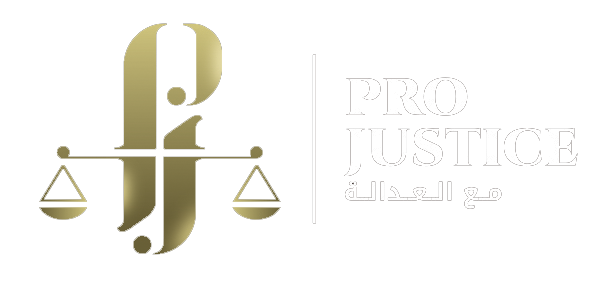In the prison, he was not distinguished from the others, rather he was subject to torture more than other prisoners. His sister was arrested by the air force intelligence service accused of smuggling a wanted young man from Daraa.
August 11, 2020

Source: The Association of Detainees and The Missing in Sednaya Prison
Judge Nayef al-Rifaei
I knew judge al-Rifaei in the “Red Building,” Sednayah prison, in 2012, and we remained together until he was killed in April 2014
Judge al-Rifaei was of excellent morals, highly respectable, from a noble family in Daraa. His father, Faisal al-Rifaei, was discharged from the foreign intelligence service in 1975. Nayef, like me, was born in 1974, therefore we were close to each other. He told me that he had the secondary studies certificate, and went to the United Arab Emirates to work there. Then he returned to Syria, studied law, an applied to work in the military judicial department. His wife is an English teacher in the schools od Darayya. She is Hind al-Hamed, a displaced person from the Golan, her brother is Firas, head of the state security branch in Homs. They had two girls; Julia and Norma. They lived in Sahnaya. As a military judge in the military judicial department he was assigned a Jeep Waz, a Russian made vehicle for his transportation.

In the prison, he was not distinguished from the others, rather he was subject to torture more than other prisoners. His sister was arrested by the air force intelligence service accused of smuggling a wanted young man from Daraa.
al-Rifaei supported the revolution with his full heart and mind. He was accused of supporting the revolutionaries in Damascus and of leaking secret documents of execution issued by judge Mohammad Kanjo Hasan, chief of the military field tribunal. Kanjo Hasan is from the village of Khirbet al-Mazah of Baniyas. Al-Rifaei was also accused of giving the addresses of Kanjo Hasan who opted to live in the Dimas Equestrian Club to be safe of assassination. This accusation included three judges: Nayef, Nimr al-Nammour from Qudssaya who fled before being arrested, and the third, a judge I forgot his name. Nayef was summoned to the court only once in October 2013. There, he was tried by his subordinate, Samer Moalla, son in law of the ill-famed intelligence officer, Abdul Fattah Qudsieh. Moalla is husband of Futoun, Qudsieh’s daughter, as al-Rifaei told me.

After the last visit of al-Rifaei’s wife, a jailer named Eissa Mohammad, from Safita, returned him to the dormitory. I believe that Eissa Mohammad alone, had killed more than 1,000 prisoners. In the dormitory, Eissa ordered al-Rifaei to kneel down and started beating him on the stomach with an iron pipe, and then left the dormitory. Five minutes later, al-Rifaei started to bleed from his mouth and fell unconscious. In the prison there was a second-year student in the faculty of medicine, his name was Mohammad al-Qasem, he died later. I asked al-Qasem about the situation of al-Rifaei, he told me that mouth bleeding is a sign of stomach hemorrhage. Nayef, originally was well built, 190 cm tall, but he lost a lot of his weight due to hunger and sickness. He had a cardiac problem and was used to take two kinds of medicines, one of them is fluid for blood. At the beginning, they used to give him medicines but later they denied him that privilege. When he started to bleed, we had nothing to give him excluding water to wash his face and mouth. I gave him an orange slice, he vomited it and died. May God, the almighty, bless his soul.
Medication in the Prison
If you register for medical check in the prison, this means your end, result of the beating on the way to and from Tishreen Military Hospital. Even doctors beat the patients. When jailers escort a patient to the hospital, they give him a number, in order to mention his name. Once, I registered, and they gave me the number 2,529. We were about 30 prisoners referred to the hospital, when we arrived, four of us had already deceased. The following day, they ordered me to help put the corps of those who died in the hospital in plastic bags. They were more than 15 who were killed by the Shabiha and doctors. I believe that the number of those who were killed in the hospital is much higher than those killed in Sednayah prison.

Part 1 Part 2 Part 3 Part 4 Part 5 Part 6
